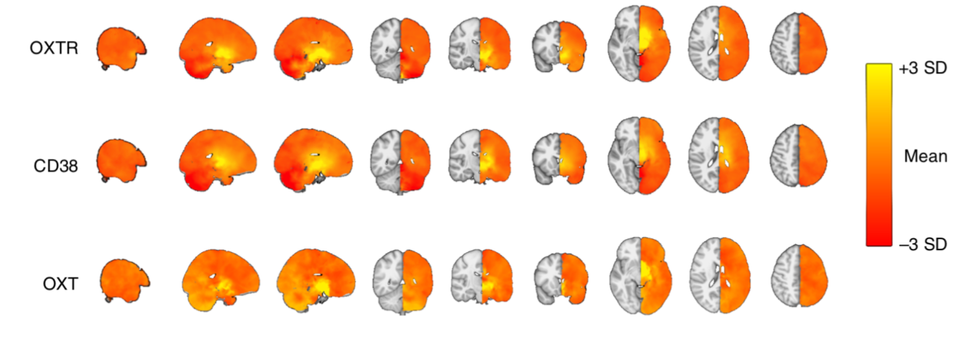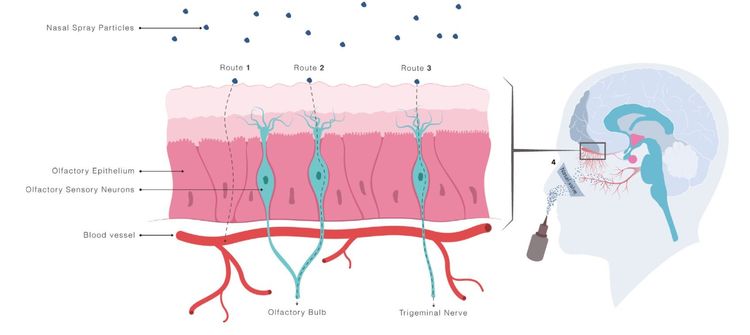Identifying central targets for intranasal oxytocin administration and the optimal dose

Here's a talk I did at the Social and Affective Neuroscience Conference 2019, in Miami.
Talk abstract:
The neuropeptide oxytocin has garnered considerable interest for its role in social behavior and its potential for the treatment of psychiatric illnesses characterized by social dysfunction. However, research needs to first demonstrate engagement of intranasal oxytocin targets and to define the optimal dose before it can be translated to the clinic. I will describe a study identifying whole brain voxel-by-voxel gene expression patterns of the oxytocin receptor (OXTR) gene and its association with cognitive states via a large-scale fMRI meta-analysis of 14,371 studies. OXTR gene expression was increased in subcortical and olfactory regions and expression patterns were associated with anticipatory, appetitive, aversive, and social cognitive states. Data from two clinical trials will also be presented demonstrating that compared to placebo, 8IU intranasal oxytocin (but not 24IU intranasal oxytocin or 1IU intravenous oxytocin) modulates social cognition, pupil diameter, and neural activity. Altogether, these studies provide the first steps towards identifying targets for oxytocin receptor engagement in the human brain and suggest that a lower 8IU intranasal dose might be more efficacious than the conventional 24IU dose


